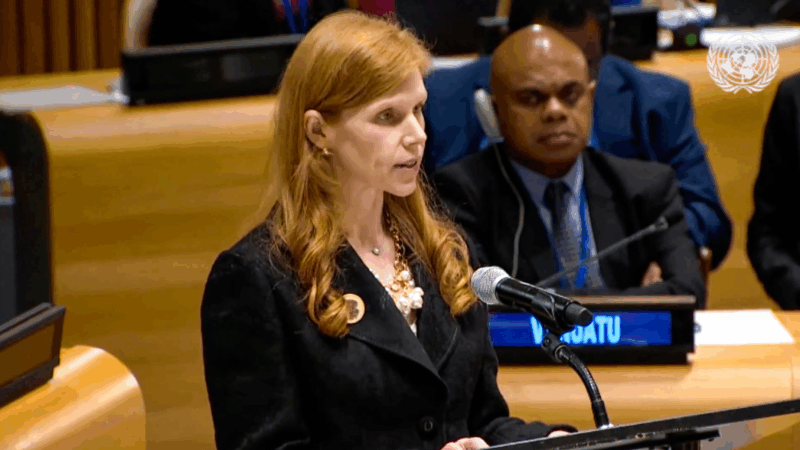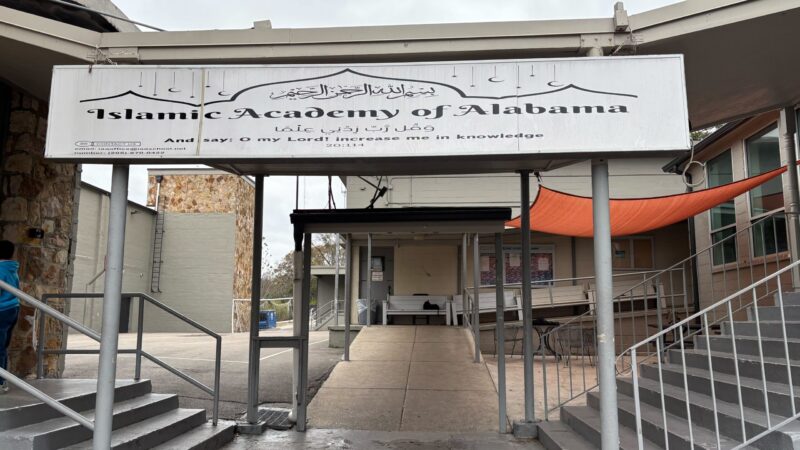Stillman College Determined To Win Financial Struggle
Historically black colleges and universities produce about a quarter of all black graduates in science, technology, engineering and math. On Thursday, HBCU alumni and students will rally on Capitol Hill to urge members of Congress to support these institutions. Many, like Stillman College in Tuscaloosa, struggle to keep their doors open. They’re faced with giving students what they need while raising the money to fund their missions.
At Stillman, the grass is neatly trimmed and flowers are in bloom. Sorority members cooked out on the campus lawn and there was a symposium in the math and science building.
All looks well, at this historically black college, but it’s not.
Underneath the manicured exterior, Stillman sits on a mountain of debt – about $43 million-worth.
“Now that’s a big number to most of us, it really is. But it’s not a big number when you have a lot of students,” says Cynthia Warrick, Stillman’s president. She is answering questions from students after a talk she gave on research.
Like many HBCUs, the Stillman’s budget, Warrick says, is largely dependent on enrollment. But Stillman’s enrollment is about half of what it was five years ago.
Warrick is focused on retaining students and recruiting hundreds more for the fall.
“Well we have over 4,000 applicants right now,” she says. “We’ve admitted a little over 2,000 And now we just have to follow up with folks and close the deal.”
But not every student who gets accepted will choose Stillman. Warrick says Stillman can attract students by partnering with other schools for research.
Quin Kelly, a junior from Tuscaloosa, likes the small campus and the academics.
“It’s not that we’re always in the room with a master’s student receiving our education. It’s always a Ph.D. So that’s a huge part of why I’m here at Stillman,” he says.
When Michael Sorrell, president of Paul Quinn College, a small HBCU in Dallas arrived 10 years ago, enrollment had plummeted. But in the last six years, it has more than doubled. The college has attracted national attention with community programs, like turning its football field into a garden. Students provide vegetables for the urban food desert surrounding campus.
Sorrell says to survive, HBCUs have to give students and their communities what they need.
“It just seems a bit ridiculous to be in a food desert or to have a student population that is primarily Pell Grant eligible and not speak to those issues,” Sorrell says.
Many HBCU students come from households that can’t afford to completely pay for college. Paul Quinn students work with the college’s corporate partners to help pay their school expenses.
Cynthia Warrick, the interim Stillman President says, she’s looking to develop more corporate partnerships and increase alumni contributions. Those, she hopes. will help Stillman students transition easily from college to career. Warrick says she’s encountered some skepticism.
“For some reason, I am so optimistic,” she says. “It’s faith. God wouldn’t send me here to fail. So, I think it has a lot more to do with just believing that the alumni and this community will adhere to the call.”
Already, the Stillman faculty has kicked in its support by giving up a month’s salary this year. Warrick says, it’s that kind of commitment that convinces her that Stillman and its students will make it.
Millions of soon-to-be uninsured Americans are looking for a ‘plan B’
In January, millions of Americans will face more costly premiums on their ACA health plans. Some will go without insurance, pay out of pocket to see doctors, and use special prescription drug plans.
America’s new top health diplomat has strong opinions on abortion and gender
Bethany Kozma leads a key global health office at the Department of Health and Human Services. In past experience in the public eye, she's campaigned against abortion and gender-affirming care.
We caught up with one of the kids who sang on ‘A Charlie Brown Christmas.’ He’s 72 now
Dave Willat was just 11 years old when he showed up for what he thought would be a routine church choir practice in 1965. He and his fellow singers ended up making history.
It’s the last news quiz of the year! Will you go out on top?
This week, we've got annoying holiday movies, chatty White House insiders, and cheese.
Islamic school’s effort to expand draws anti-Muslim backlash
The Islamic Academy of Alabama is a K-12 school that has been in Homewood since 1996. They applied to rezone an office park space in Hoover to expand. The issue has sparked anti-Islamic rhetoric, notably from U.S. Tommy Tuberville.
Trump will revisit a North Carolina town, now the focus of a newly redrawn congressional district
While he is directly appealing to Americans that the economy is improving, President Trump will visit a congressional district Republicans are eyeing in their attempts to keep control the U.S. House.







